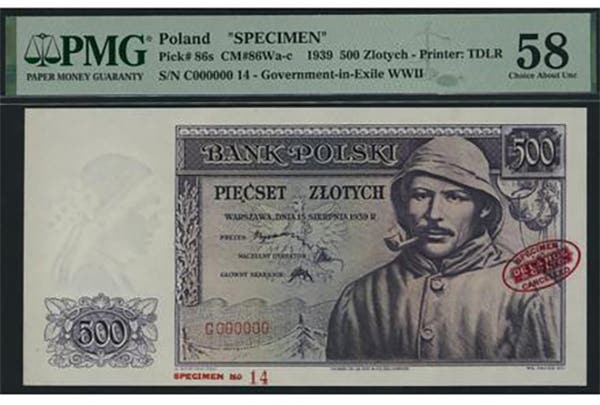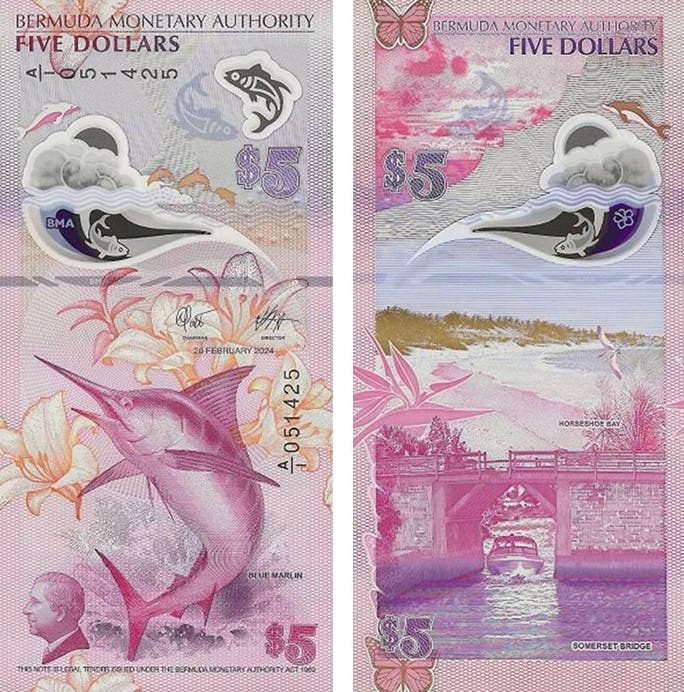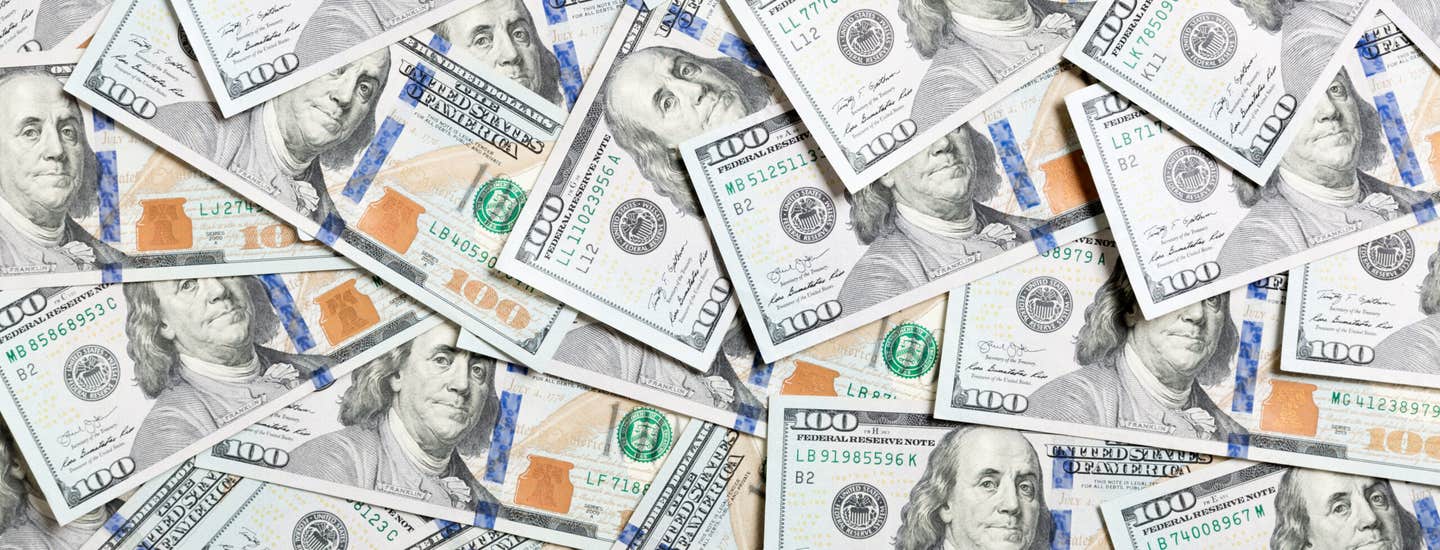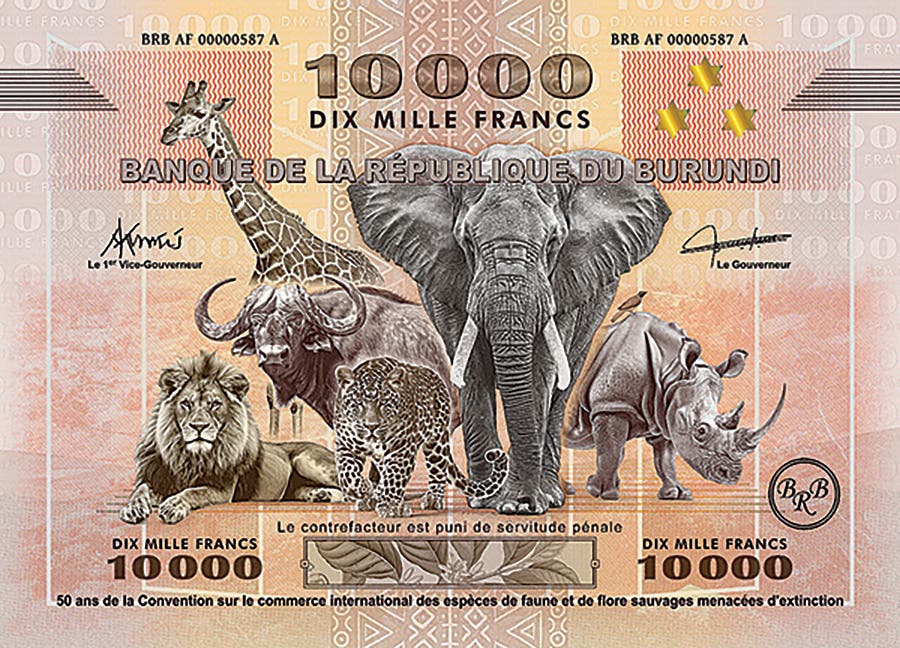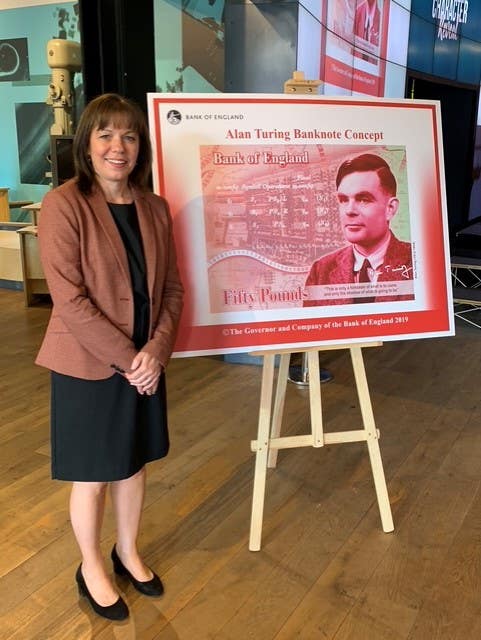Australia redesigns its $10 note
On Feb. 17 the Reserve Bank of Australia revealed the design of the country’s new, 65 x 137 mm, $10 bank note. This is the second note in Australia’s new…
On Feb. 17 the Reserve Bank of Australia revealed the design of the country’s new, 65 x 137 mm, $10 bank note. This is the second note in Australia’s new polymer series. It will be released into circulation in September 2017.
As previously announced key aspects of the design of the existing $10 such as color, size and people portrayed have been retained for ease of recognition and to minimise any disruptions to businesses.
As a consequence the new note shows the same two famous Australian writers as are present on P-52, -58: Dame Mary Gilmore and AB “Banjo” Patterson.
Dame Mary was a prominent Australian socialist, poet and journalist. She was renowned as a fiery radical poet and champion of the workers and the oppressed.
In 1896 she accompanied a large group of socialist idealists to Paraguay to join the communal settlement of New Australia founded two years earlier. There she married William Gilmore in 1897 but when the socialist experiment failed in 1900 she returned to Australia via Argentina, Patagonia and England. It was now she became a literary icon.
Dame Mary died in 1962, aged 97. She was accorded the first state funeral accorded to a writer since the death of Henry Lawson in 1922.
Banjo Patterson was a bush poet, journalist and author. He is best known for the many ballads and poems he wrote about Australian life, particularly of rural and outback areas. Notable works include “Waltzing Matilda,” “The Man from Snowy River” and “Clancy of the Overflow.”
He became accredited as a lawyer before taking up professional writing. He was a war correspondent during the Boer War and Boxer rebellion before serving during World War I. He died in 1941.
In 2013 he topped the list of “The Greatest of All - Our 50 Top Australians” published in The Australian.
The works of both authors are present in several design elements of the new note, which includes images of a pen nib in two clear windows and excerpts of their poetry in microprint.
Each bank note in the new series features a different species of native Australian wattle and bird. The $10 bank note introduces the Bramble Wattle (Acacia victoriae) and the Sulfur-crested Cockatoo (Cacatua galerita).
Updated security features have been incorporated in the new $10 bank note and are similar to those in the new $5 bank note released in 2016 such as the top-to-bottom clear window and the patch with a rolling color effect. Both the cockatoo and wattle are present in some of the security patches.
The full range of security is beautifully illustrated at https://banknotes.rba.gov.au/banknote-features/. Importantly the new bank note series has a “tactile” feature to help the vision-impaired community distinguish between different denominations.
Following release of the new notes the existing series of bank notes will remain legal tender and can be used in all transactions.
This article was originally printed in Bank Note Reporter. >> Subscribe today.
More Collecting Resources
• Order the Standard Catalog of World Paper Money, General Issues to learn about circulating paper money from 14th century China to the mid 20th century.
• Are you a U.S. coin collector? Check out the 2018 U.S. Coin Digest for the most recent coin prices.



